As Australia’s transition to renewable energy gathers pace, a new report has called for governments and industry to adjust their practices to ensure rural and regional communities secure real and lasting benefits from large-scale solar, wind and battery projects.
Achieving the Australian government’s 82% renewable energy target by 2030 requires rapidly building new large-scale renewable energy generation, storage and transmission infrastructure.
The Striking a New Deal for Renewables in Regions report, co-authored by not-for-profit organisation Foundation for Rural and Regional Renewal (FRRR) and regional advisory Projects JSA, explores the challenges and opportunities facing regions hosting these renewable energy developments.
The report says the majority of Australians living in regional communities generally support the nation’s shift to renewable energy to replace aging coal-fired power stations but also highlights that the first phase of this transition has been challenging.
“State and federal governments have so far been building the plane while flying it,” the report authors said.
“The reason for the energy shift is widely understood and the prospect of new jobs, local investment and opportunities is attractive to local communities. However, for most regional people, support for renewables is qualified and there is genuine fear that this change will be imposed in ways that ignore local needs and concerns.”
Sarah Matthee, Climate Solutions Portfolio Lead at FRRR, said regional communities simply want a good deal in return for hosting this new energy infrastructure.
“They want certainty, more clarity on the opportunities and risks of these projects, more resourcing and more agency in the decisions being made that will impact their regions for decades to come,” she said.
The report identifies that regional communities have been grappling with significant uncertainty about what will actually be built and when; insufficient attention to local risks and opportunities associated with the developments; and limited ability to influence renewables developments.
The report recommends government and industry collaborate to produce risk and opportunity accounts to make the terms of the local deal clearer.
“Currently information is fragmented and buried in planning documents, and with misinformation on social media and in local networks, it’s difficult for locals to understand what’s going to happen, if they will be better off and what issues need further work as development progresses,” it says.
The report also recommends investing in local capacity, confirming genuine local benefits, seeking input from the community in the development process, providing access to energy locally and proper protection of the local environment, agriculture and community values.
Jack Archer, head of Projects JSA, said elements of these recommended approaches are already present in a range of federal, state, industry and local initiatives but the imperative now is to lift this good practice from great examples into a national approach to the energy shift that delivers consistent benefits for communities alongside achieving national, state and industry goals.
“Development at this scale will never be universally popular, but if locals can see they have been heard and clearly understand how their community will benefit, there can be enduring support for the energy shift in regions across Australia,” he said.
This content is protected by copyright and may not be reused. If you want to cooperate with us and would like to reuse some of our content, please contact: editors@pv-magazine.com.
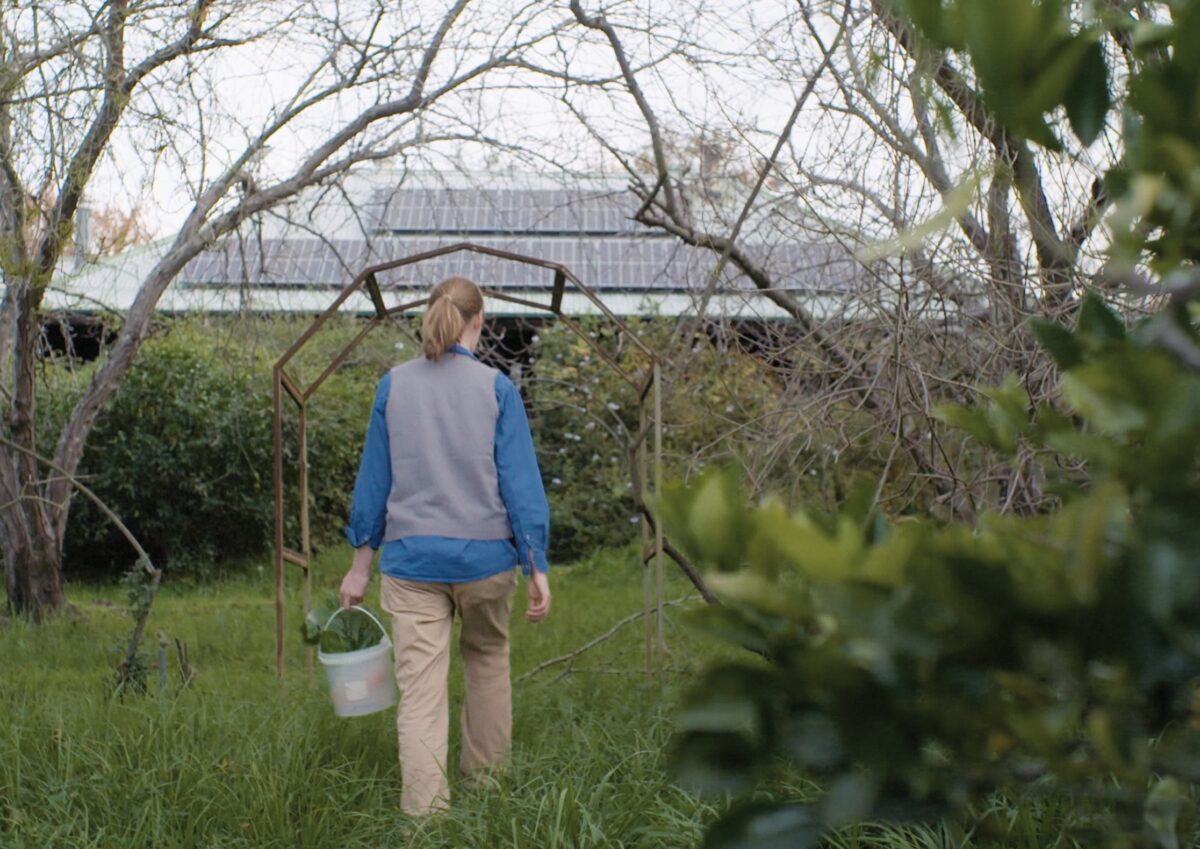
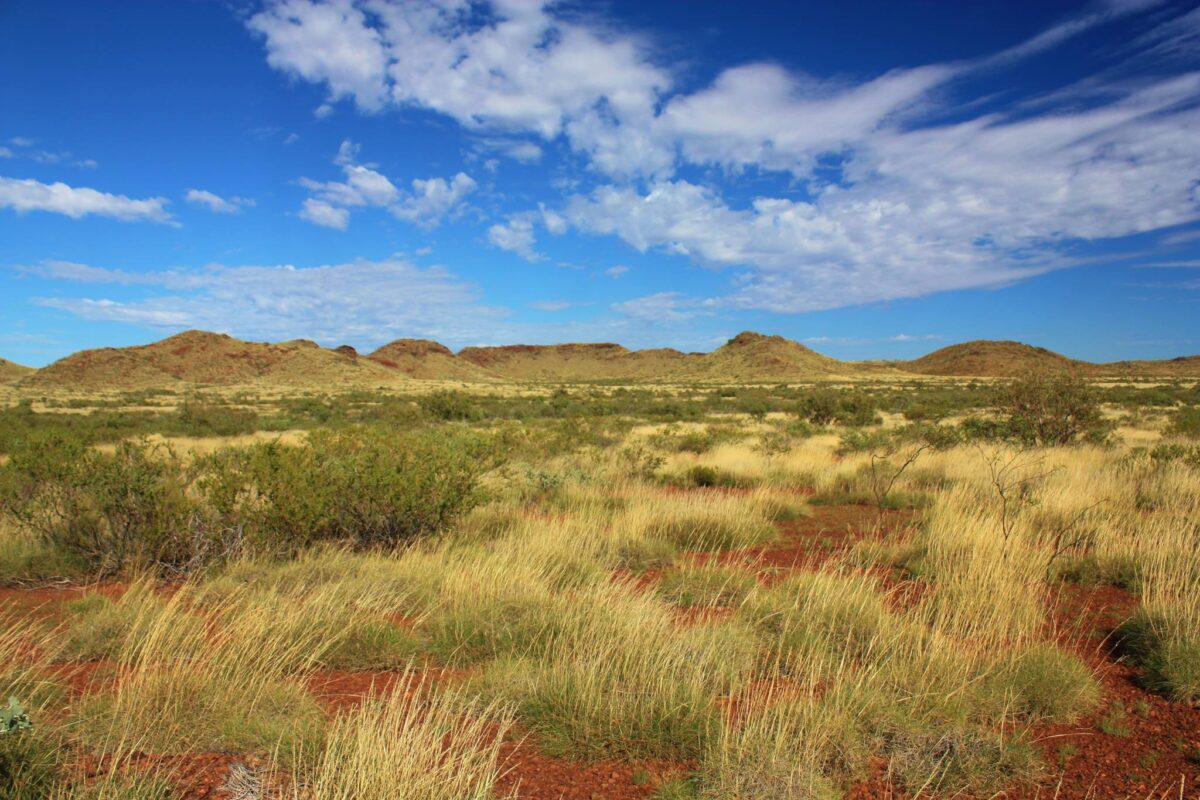


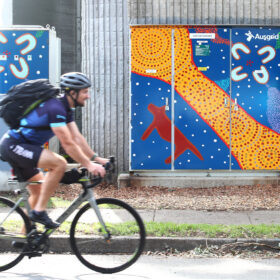
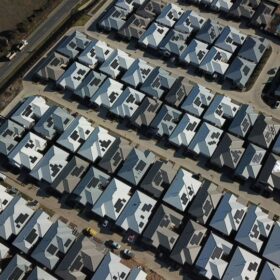
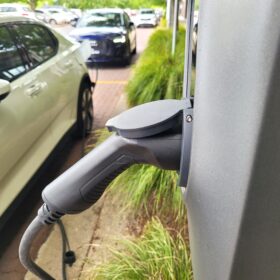
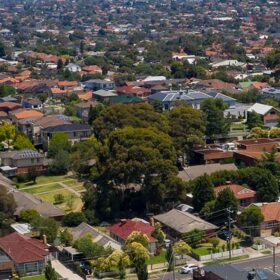

By submitting this form you agree to pv magazine using your data for the purposes of publishing your comment.
Your personal data will only be disclosed or otherwise transmitted to third parties for the purposes of spam filtering or if this is necessary for technical maintenance of the website. Any other transfer to third parties will not take place unless this is justified on the basis of applicable data protection regulations or if pv magazine is legally obliged to do so.
You may revoke this consent at any time with effect for the future, in which case your personal data will be deleted immediately. Otherwise, your data will be deleted if pv magazine has processed your request or the purpose of data storage is fulfilled.
Further information on data privacy can be found in our Data Protection Policy.